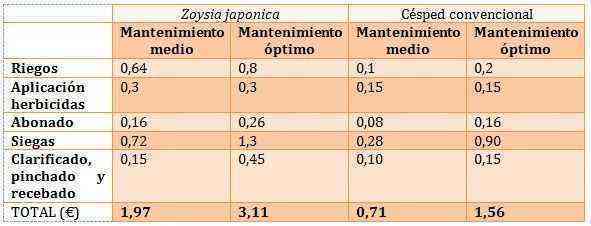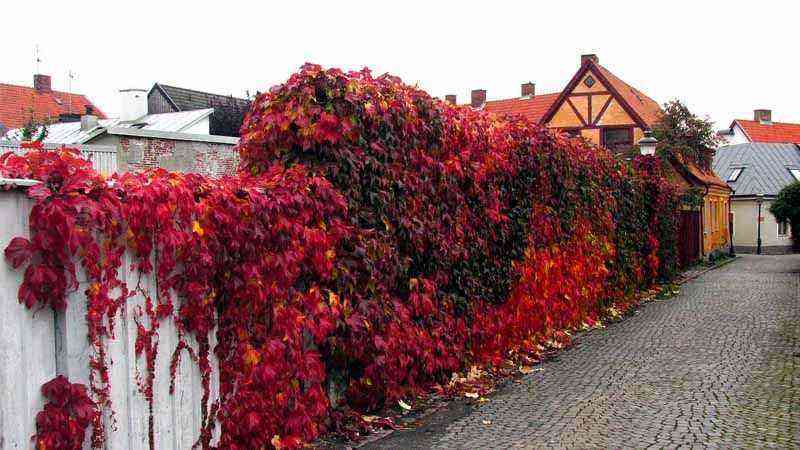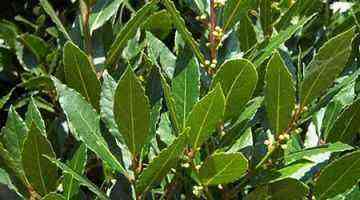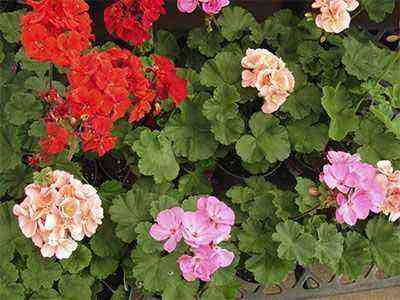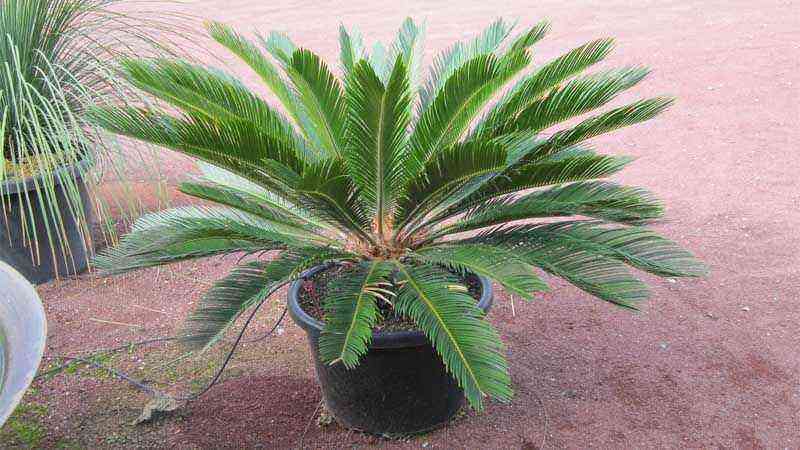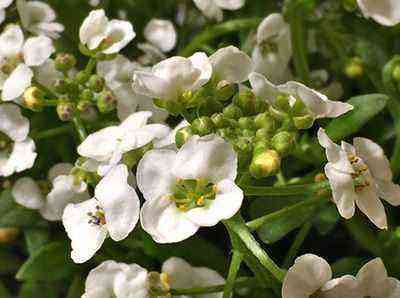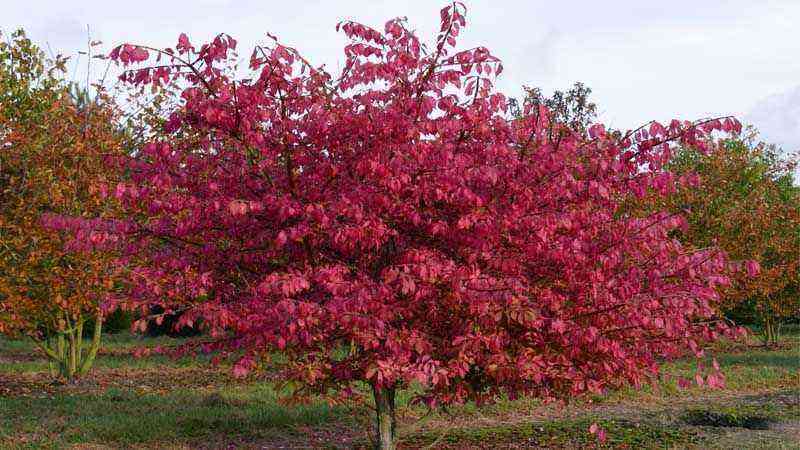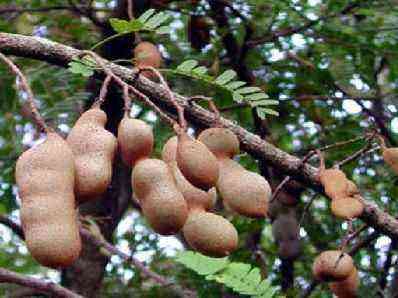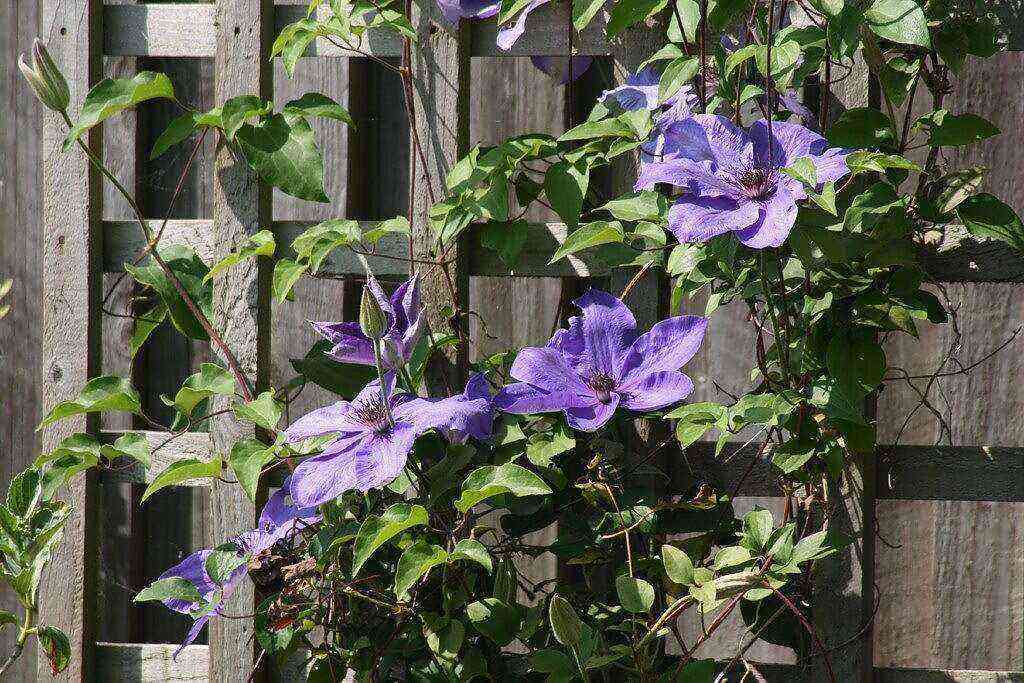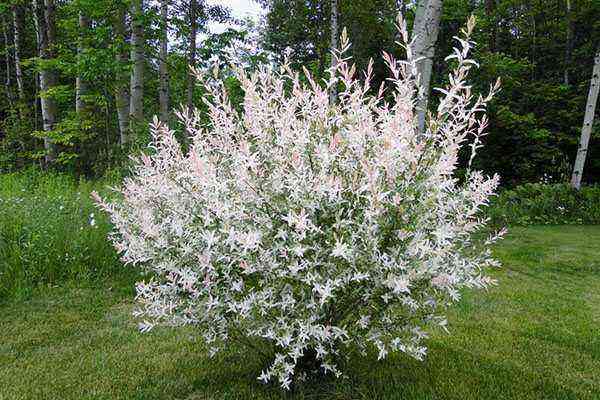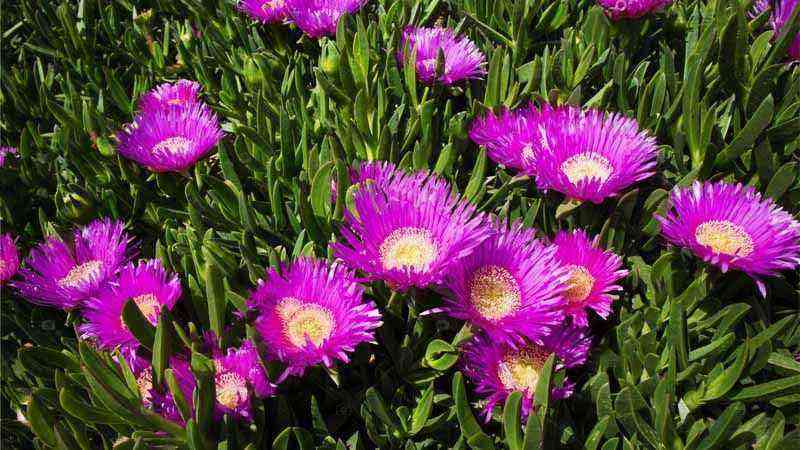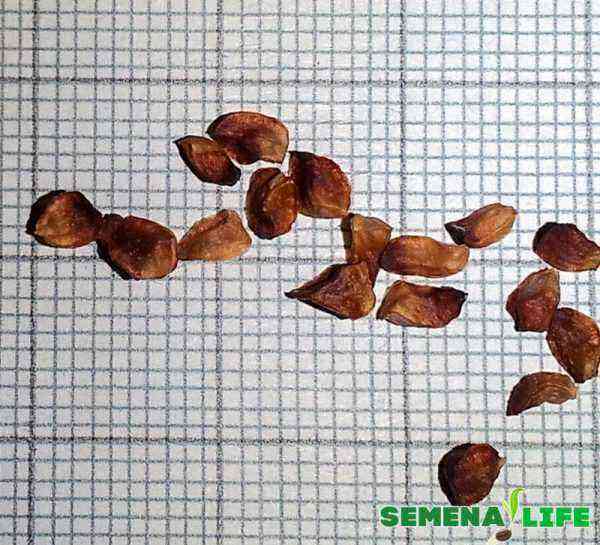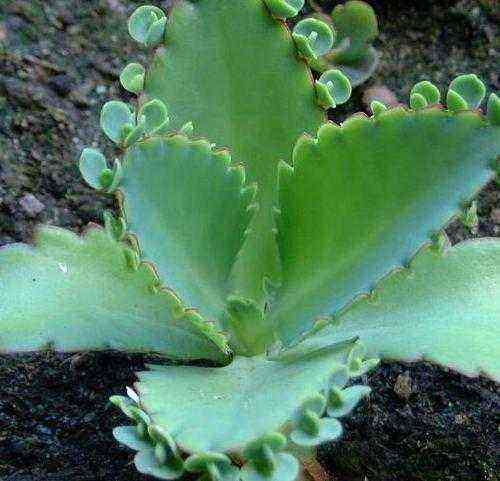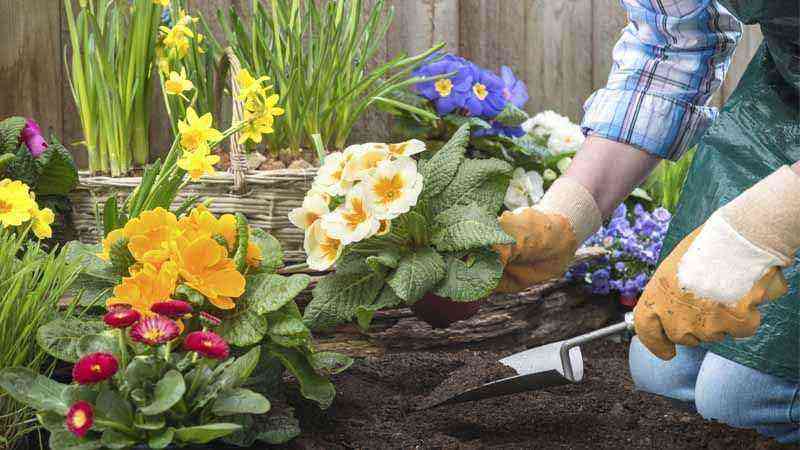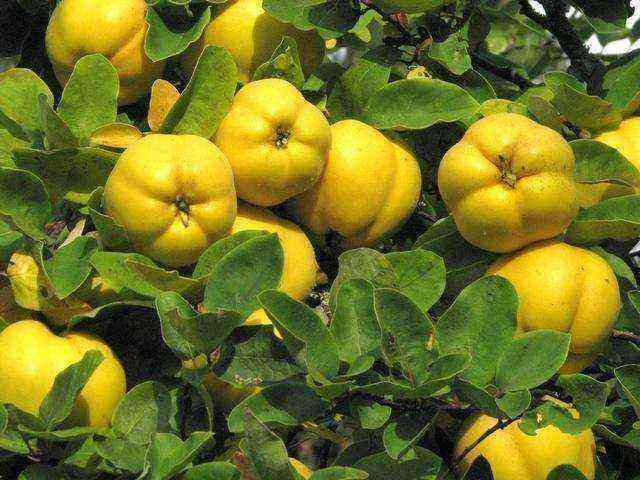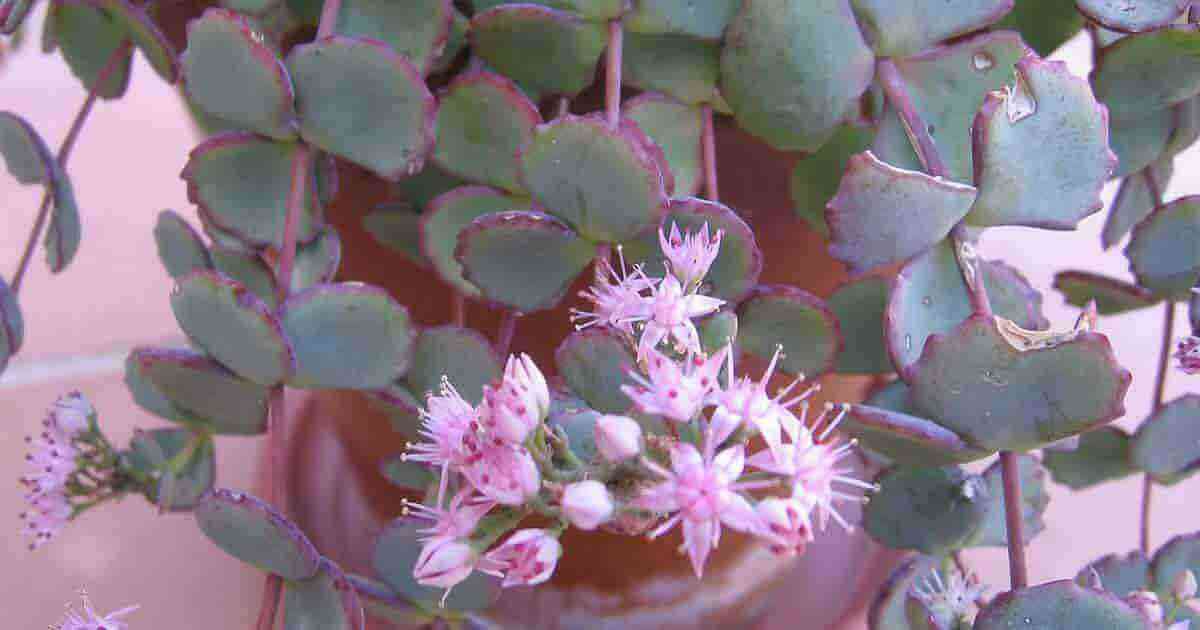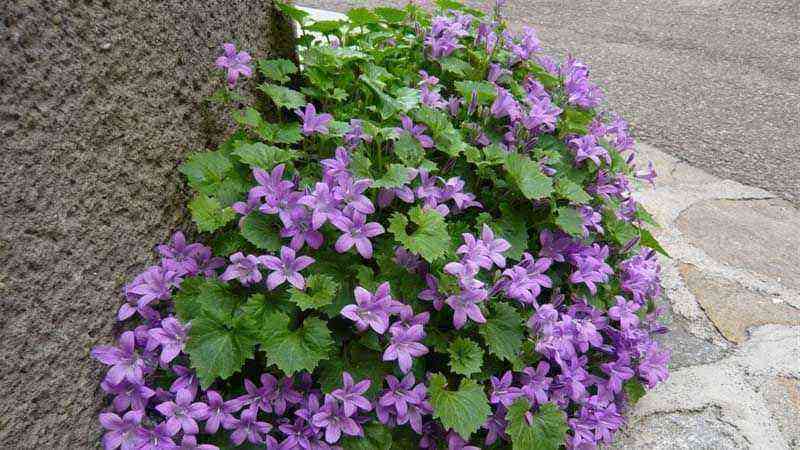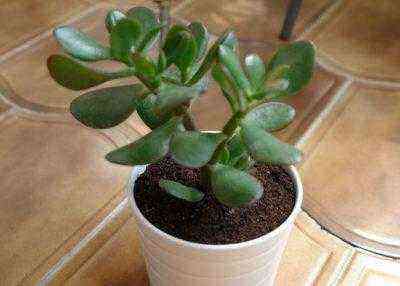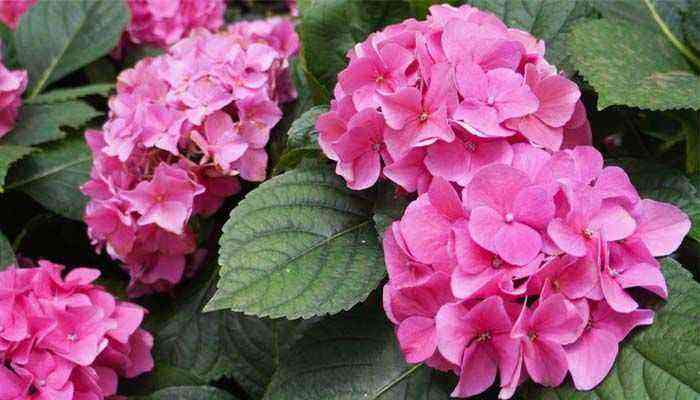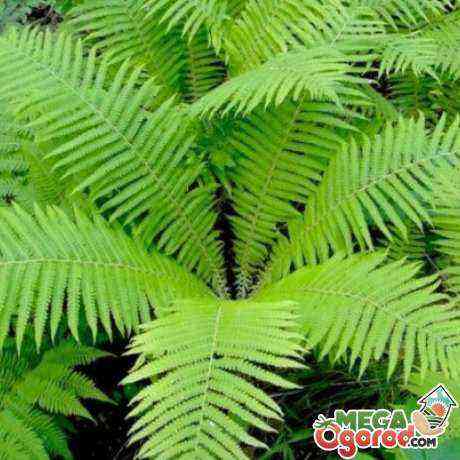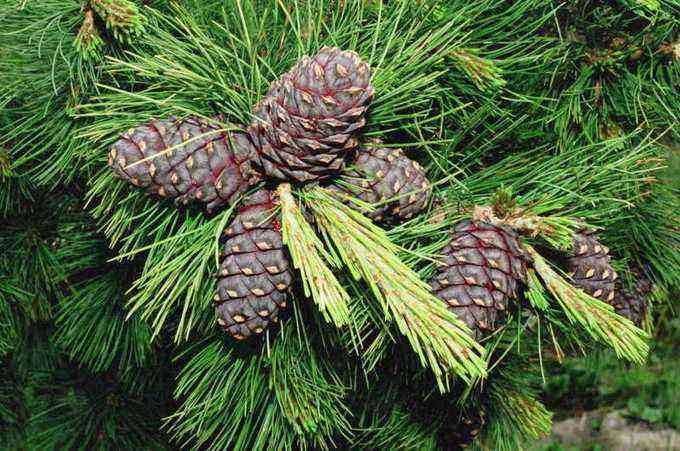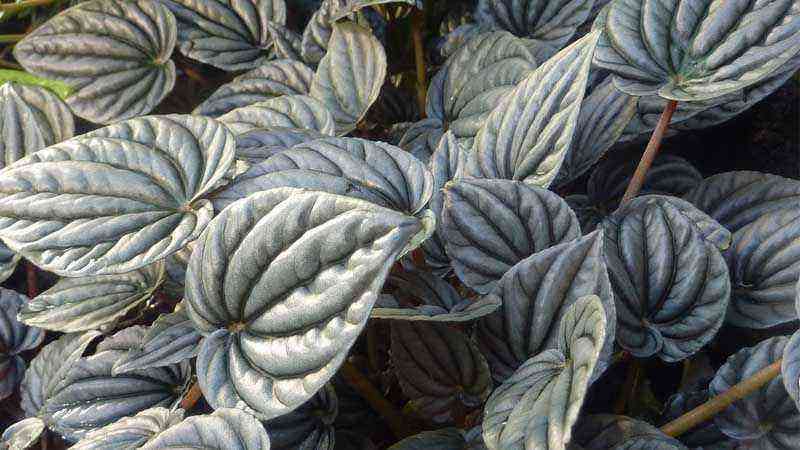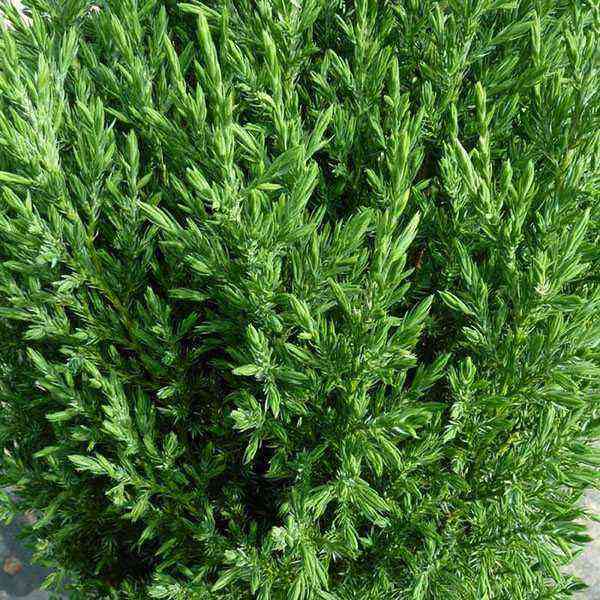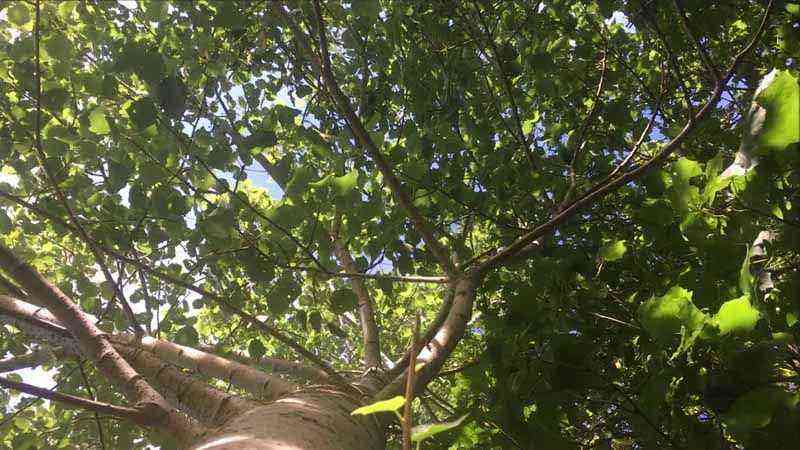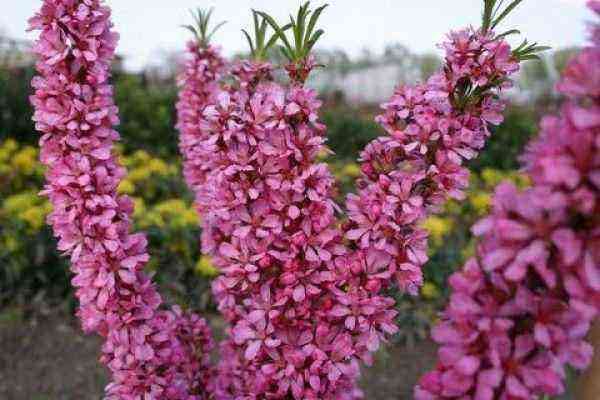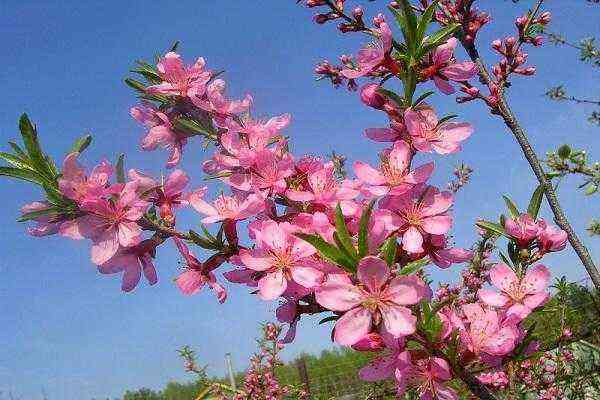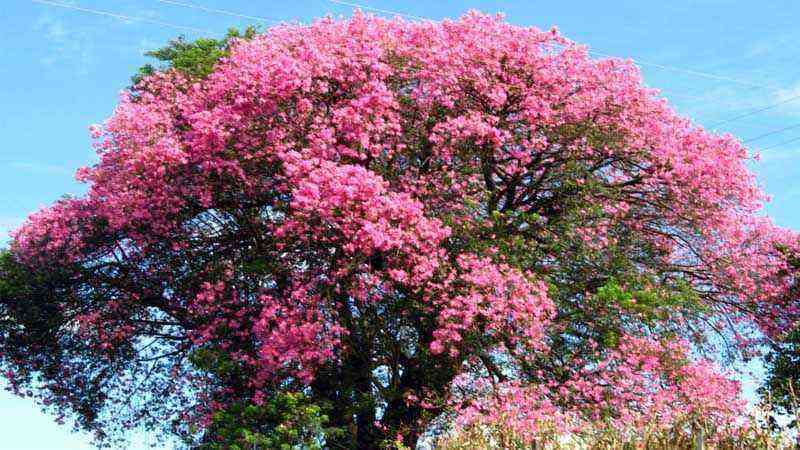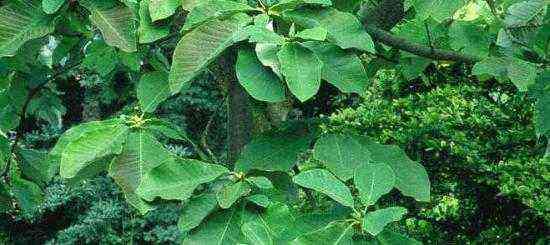We bring you another plant of the so-called crass or crassulaceae. A very extensive family that presents very particular characteristics, among them the fleshy leaves and their ability to withstand periods of drought. We are talking today about one, whose name has given the family its name … or has it been the other way around? It is the Crassula area. This plant can be easily found in coastal places. Let’s get to know her a little more.
Features Crassula ovata
The gender Crassula it is very extensive. It consists of hundreds of species with more or less common characteristics, although the great diversity means that some do not seem to be of the genus. Among common characteristics we can say that none (we believe) has a tree size. They are annual or perennial plants with a shrubby habit at most. While it is true that some can reach measure more than 2 meters, they are still not considered tree species.
Another characteristic that most generally present are their fleshy gray-green or bright green leaves. For the rest, the variety of them is so great that more common characteristics cannot be established.
We have chosen Crassula ovata for being a very common species in Mediterranean, coastal environments, forming part of many spaces of xeriscape. In warm coastal areas Of the typical second homes or beach houses, it is very common to find this species for the simple reason that they require some irrigation in summer (when the house is usually inhabited) and no water during winter (normally closed house). This makes a very comfortable vegetable companion in the garden for these types of situations.
Flowering is not negligible. It occurs in winter. If your case is the one we have just discussed of a second summer home, it is very possible that you will not see it flourish unless you escape for a few days in the cold months.
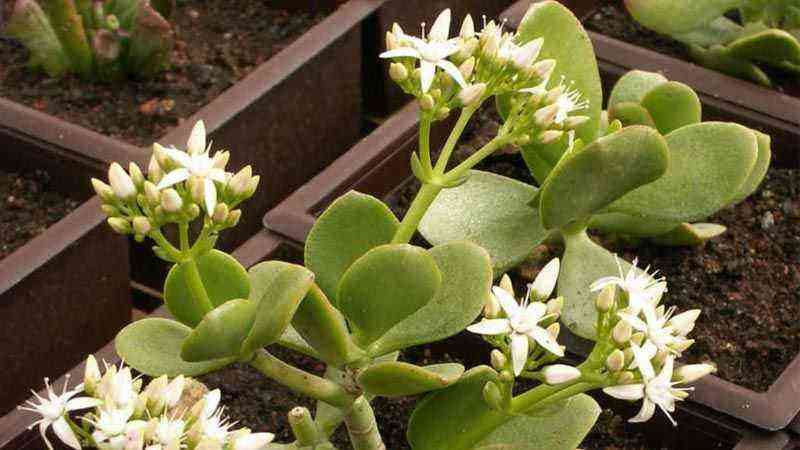

How to cultivate Crassula ovata
Climate and soil
They tolerate direct sunlight to some extent. They are not desert-climate cacti. Too much heat and exposure (very strong summers) burn the leaves and they fall off. However, we can say that they support direct exposures very well. Also grows well in dimmed light indoors. It is a mild climate plant. For outdoors we must have warm summers and mild winters with some humidity (hence it is common in coastal climates of the Mediterranean).
The soil must be quite draining. If the we grow in a pot, we have to take into account that the fraction of river sand can be half of the substrate. The rest can be divided equally between garden soil and peat to provide the plant with some organic contribution that it will need. However, it can be developed in poor soils without major problems.
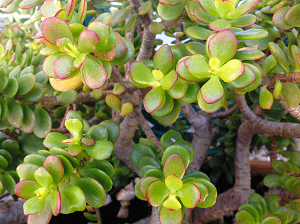

Irrigation
As we have already mentioned, during the summer is when you will need the most water supply. Even if withstand drought conditions well moderate, it is not at all negligible, provide a relatively regular watering during the hot months. It’s a matter of adjusting the frequencies but in some cases you don’t even have to let the substrate dry.
Multiplication
La propagation by seeds It is not something that is usually done because the rest of the options are much easier to carry out. These are the stem cutting or the leaf cutting. In succulent plants, leaf cuttings are very easy to make and almost always come to fruition. The stem cutting allows starting from something more vegetal structure. The leafy one requires a little more time to have an adequate size.
Growing in pots and indoors
Of course, it can be grown indoors without any problem. With filtered light there will never be a problem with burning and they can reach monstrous dimensions if they “find their place.”
In summer we will water moderately and in winter we will eliminate watering. The good drainage, as well as outdoors, is the factor to take into account.
